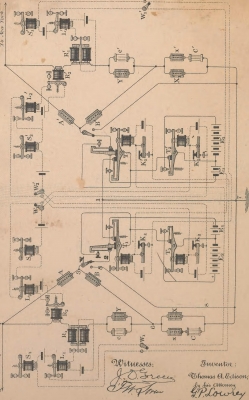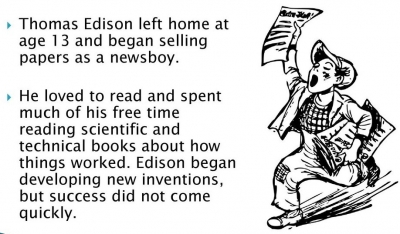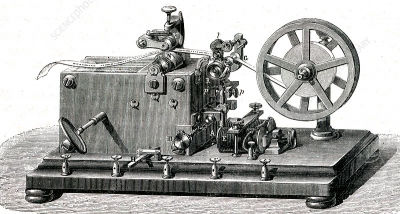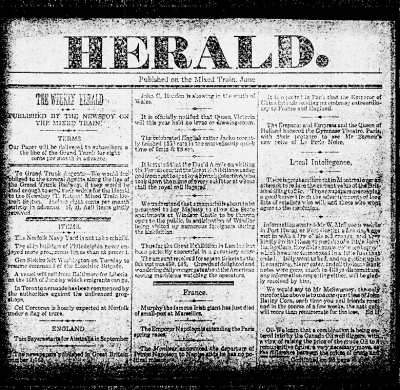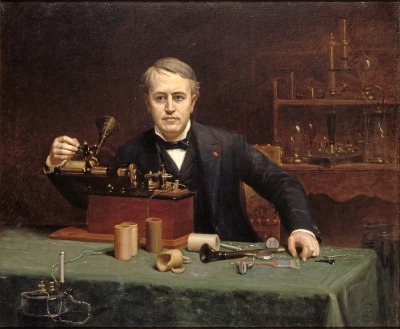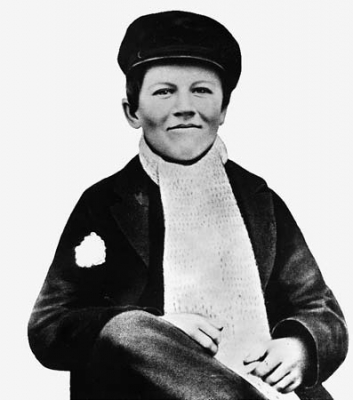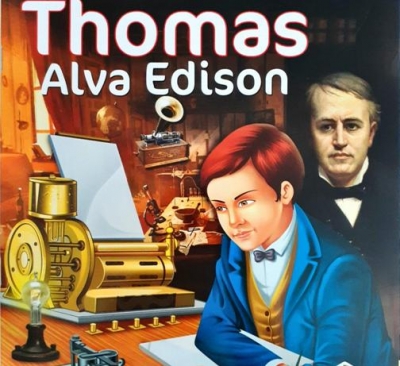Why did Edison’s improved telephone lead to a legal war?
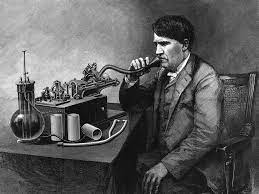
Western Union promoted the new telephone as a fresh invention; as a new kind of telegraph that could send messages spoken by an operator. Nobody, in those days, thought of the telephone as something to have at home! Remember, houses still had no electricity then. At a gathering of scientists, Edison showed that his loud-speaking telephone was better than the one Alexander Graham Bell had made. He and Bell sat together at the gathering. A colleague of Edison recited a nursery rhyme into the phone, and everybody could hear that. But when it came to Bell’s phone, only the ones sitting close by could hear the sound.
Obviously, Bell was not happy with all this. Soon, Bell dragged Western Union into court over the patent rights. Finally, Western Union agreed to pull out of the telephone market in 1879, and the dispute ended.
Picture Credit : Google
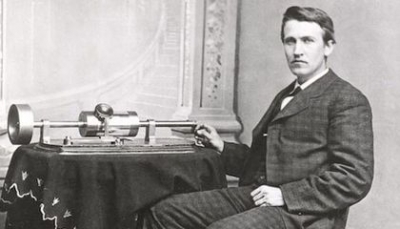
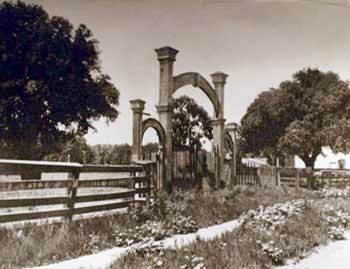
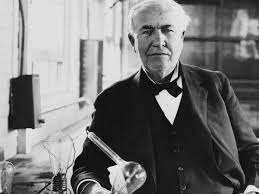
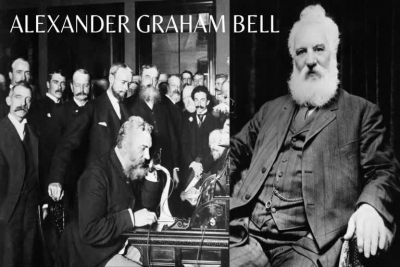
 Edison reached Boston in 1868, and joined the huge Western Union Telegraph Company. He enjoyed his life in Boston, as the city was then America’s centre for science and culture. The most brilliant technicians in the country had their workshops and businesses there. There were other shops, too, that met their needs – like books, chemicals or equipment. Edison used his pay money at one of these shops to buy the works of Michael Faraday, the great British scientist considered as the father of electrical engineering.
Edison reached Boston in 1868, and joined the huge Western Union Telegraph Company. He enjoyed his life in Boston, as the city was then America’s centre for science and culture. The most brilliant technicians in the country had their workshops and businesses there. There were other shops, too, that met their needs – like books, chemicals or equipment. Edison used his pay money at one of these shops to buy the works of Michael Faraday, the great British scientist considered as the father of electrical engineering.
